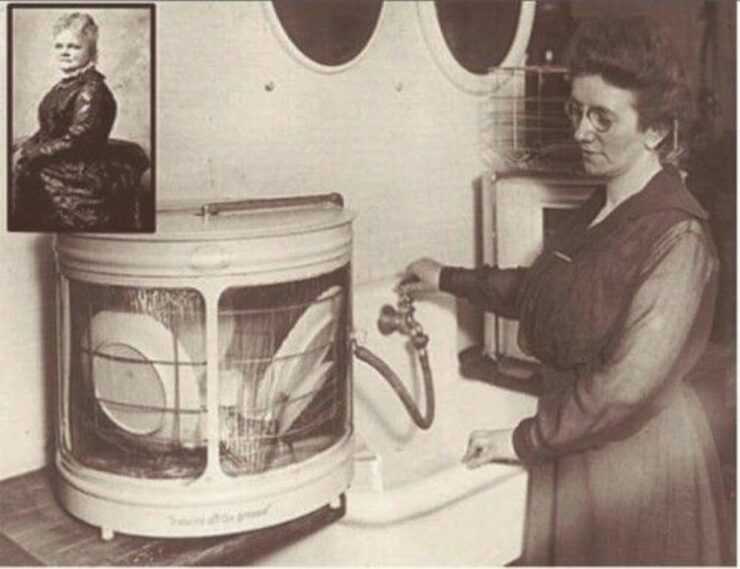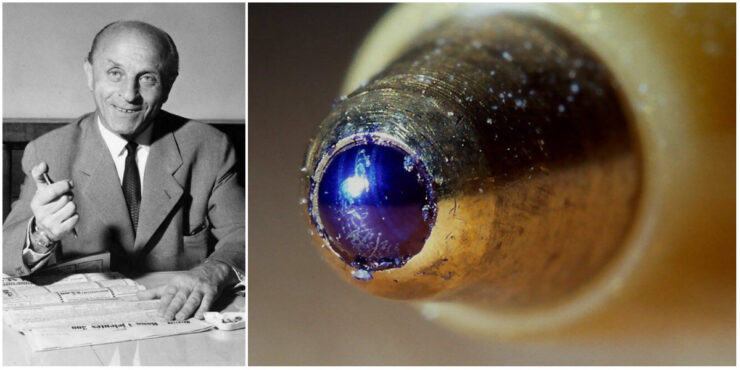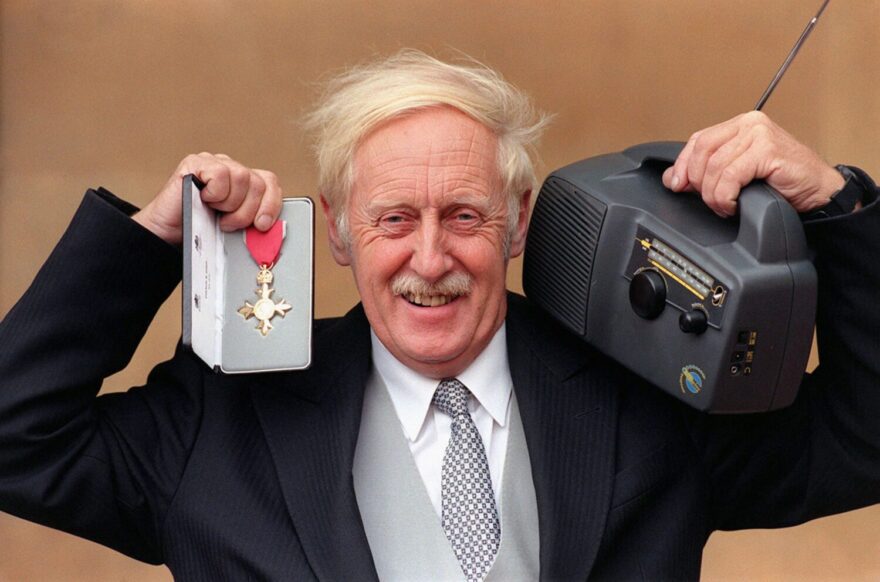Innovation is the driving force behind human progress. Throughout history, brilliant minds have pushed the boundaries of science, technology, and art, revolutionizing various fields and leaving an indelible mark on society. From groundbreaking inventions to ingenious creations, these innovators have shaped our world in ways we could never have imagined. In this article, we will delve into the fascinating stories of famous inventions and the remarkable individuals behind them, exploring how they transformed different fields with their ingenuity and creativity.
The man who made the world bright

The flickering glow of a light bulb is an everyday sight in our modern lives, but it was the invention of Thomas Edison that truly illuminated the world. In the late 1900s, the physicist successfully developed the first practical incandescent light bulb, revolutionizing the way we live and work.
His tireless experimentation with different materials and filaments eventually led to the creation of a long-lasting and commercially viable light source. Thomas’ invention not only brought light to homes and workplaces but also paved the way for further advancements in electrical power generation and distribution.
The versatile fastener that made many lives much easier

Sometimes, the most impactful inventions draw inspiration from nature’s own designs. This was the case with Georges de Mestral, who invented Velcro. During a hiking trip in the mid-1900s, Georges noticed how burrs clung to his clothes and his dog’s fur. Intrigued by this natural mechanism, he developed a fastening system that mimicked the burrs’ hooks and loops.
The result was Velcro, a versatile fastener that proved to be incredibly useful in various applications. From clothing and footwear to aerospace and medical industries, this product provided a reliable and reusable solution for joining and securing objects. The innovator’s nature-inspired invention has since become an indispensable component of everyday life, simplifying tasks and enhancing efficiency. This shows that anything can inspire anyone to create a new product and you can check this if you want to see what your innovation can bring.
The most popular time-saving device

The automatic dishwasher is a household staple that has transformed the way we approach kitchen chores. However, few know that it was Josephine Cochrane, who developed the first practical dishwasher in the late 19th century. Josephine’s motivation stemmed from her frustration with the delicate china getting chipped during manual dishwashing. She designed a machine that used water pressure and high-temperature jets to effectively clean and sanitize dishes.
Cochrane’s patent not only saved time and effort but also led to improved hygiene in kitchens. Her device paved the way for the modern appliances we rely on today, giving us more time to focus on other aspects of our lives while ensuring clean and sparkling dishes with minimal effort.
The pen that transformed writing

In the realm of everyday writing instruments, the ballpoint pen holds a special place. However, few may be aware of the inventor behind this ubiquitous tool. Laszlo Biro, an Argentine-Hungarian journalist, revolutionized the world of writing with his invention in the early 1900s. Biro’s innovative design replaced the traditional fountain pen’s messy inkwell with a small ball bearing that rotated as it dispensed ink onto the paper.
This simple yet ingenious mechanism eliminated the need for constant dipping and smudging, providing a reliable and convenient writing experience. Today, these pens are found in every office, school, and household, making this trademark an indispensable part of our daily lives.
The wind-up radio that requires no power source

Imagine a portable radio that requires no batteries or external power source. This ingenious invention became a reality thanks to the efforts of Trevor Baylis. In the 1990s, Baylis developed the wind-up radio, a device that harnessed the power of hand-cranking to generate electricity for radio reception.
This invention proved to be a game-changer, especially in remote areas with limited access to electricity. The wind-up radio became a vital tool for disseminating information, entertainment, and even educational programs to underserved communities around the world. Baylis’s invention demonstrated the power of innovation in bridging gaps and improving lives, particularly in areas where conventional power sources were scarce.
The man who blurred the lines between movement and art

Art has the power to captivate, inspire, and evoke emotions. In the realm of sculpture, Alexander Calder pushed the boundaries of artistic expression with his pioneering work in kinetic art. This American artist introduced the concept of sculpture in motion, incorporating movement and balance into his creations.
His innovative use of hanging, pivoting, and rotating elements brought sculptures to life, engaging viewers in a dynamic visual experience. Alexander’s mobiles became iconic representations of kinetic art, infusing galleries and public spaces with a sense of vibrancy and playfulness. His innovative approach to sculpture revolutionized the art world, blurring the lines between art and movement.
The concept that harnesses the principles of quantum mechanics
While famous for his contributions to theoretical physics, Richard Feynman also had a profound impact on the field of computer science. In the late 1900s, Richard proposed the concept of quantum computing, a revolutionary approach that harnesses the principles of quantum mechanics to perform complex computations at an unprecedented scale. The physicist envisioned a future where quantum computers could solve problems that were computationally infeasible for classical devices.
His visionary ideas laid the foundation for the development of quantum algorithms and information processing. Today, this type of computing is a rapidly advancing field, promising exponential leaps in computational power and the potential to revolutionize industries such as cryptography, drug discovery, and optimization problems. Feynman’s contributions to physics extended beyond his Nobel-winning work, leaving a lasting impact on the realm of computer science and opening up new frontiers in scientific exploration.
The innovations and inventors we mentioned here have not only transformed their respective fields but have also shaped the course of human history. Their groundbreaking ideas, relentless pursuit of knowledge, and unwavering determination have propelled society forward, ushering in new eras of progress and innovation. These stories serve as a reminder of the power of human ingenuity and the limitless possibilities that arise when science and art intertwine. However, you don’t have to be a famous physicist or best-selling writer to invent something. Every person, even children can leave their mark on the world we know, so if you have an idea, take the needed steps to share it with the world.
Related Posts:
- 20 Best Gaming Headset Under 50$ 2024 - for PC, PS4,…
- Inventing in the Digital Age: Opportunities and…
- Top 10 Best Outdoor Basketball Shoes 2024 - Durable…
- 15 Best Shoes for Walking on Concrete 2024 - Soft &…
- 12 Best Car Wax For Black Cars 2024 - Protection and…
- 15 Best Dog Food For Allergies 2024 - Adult, Puppy…







